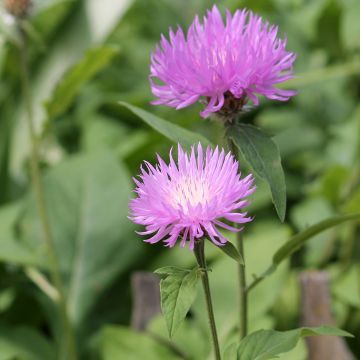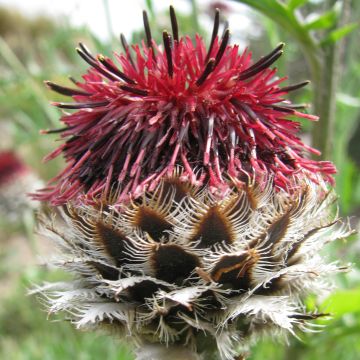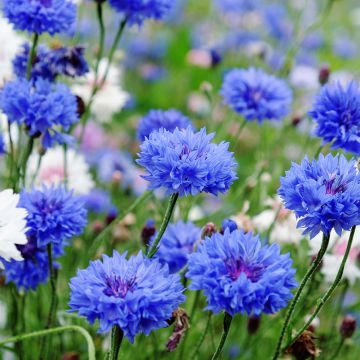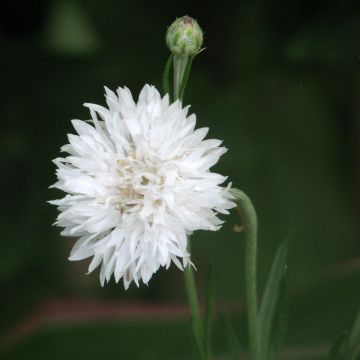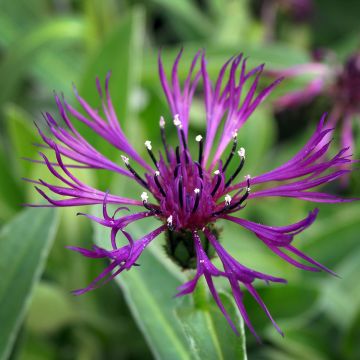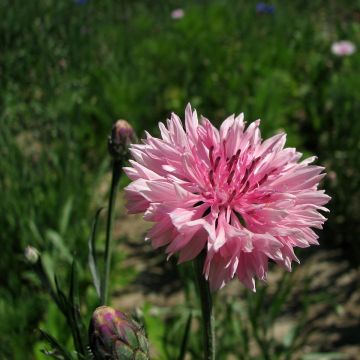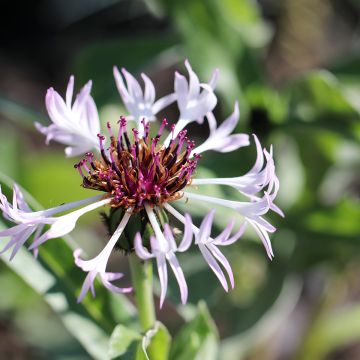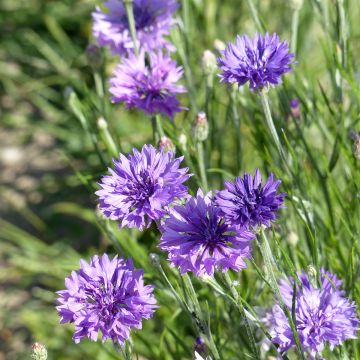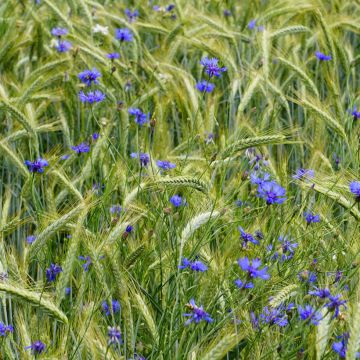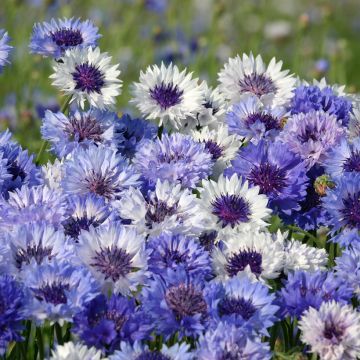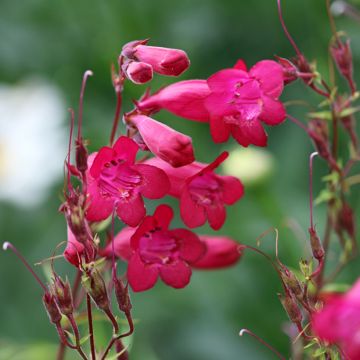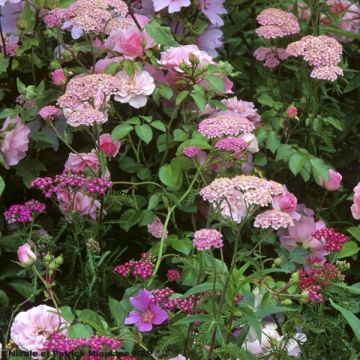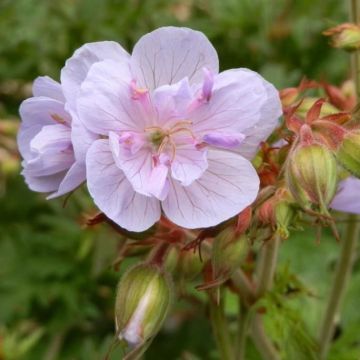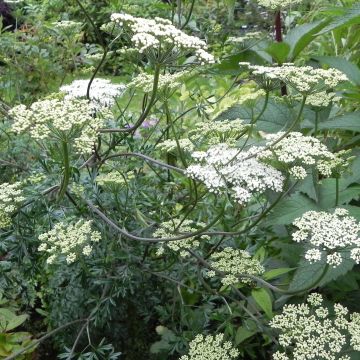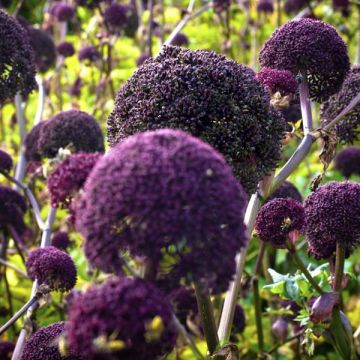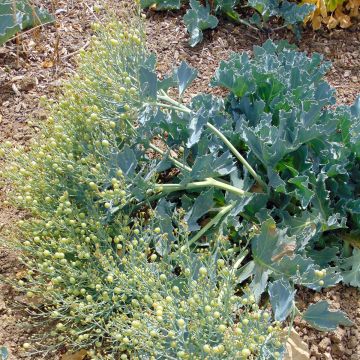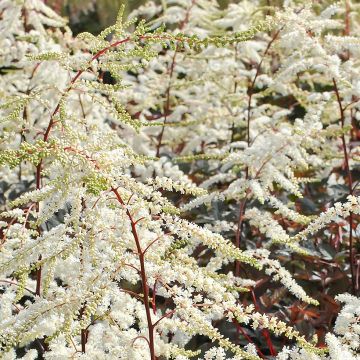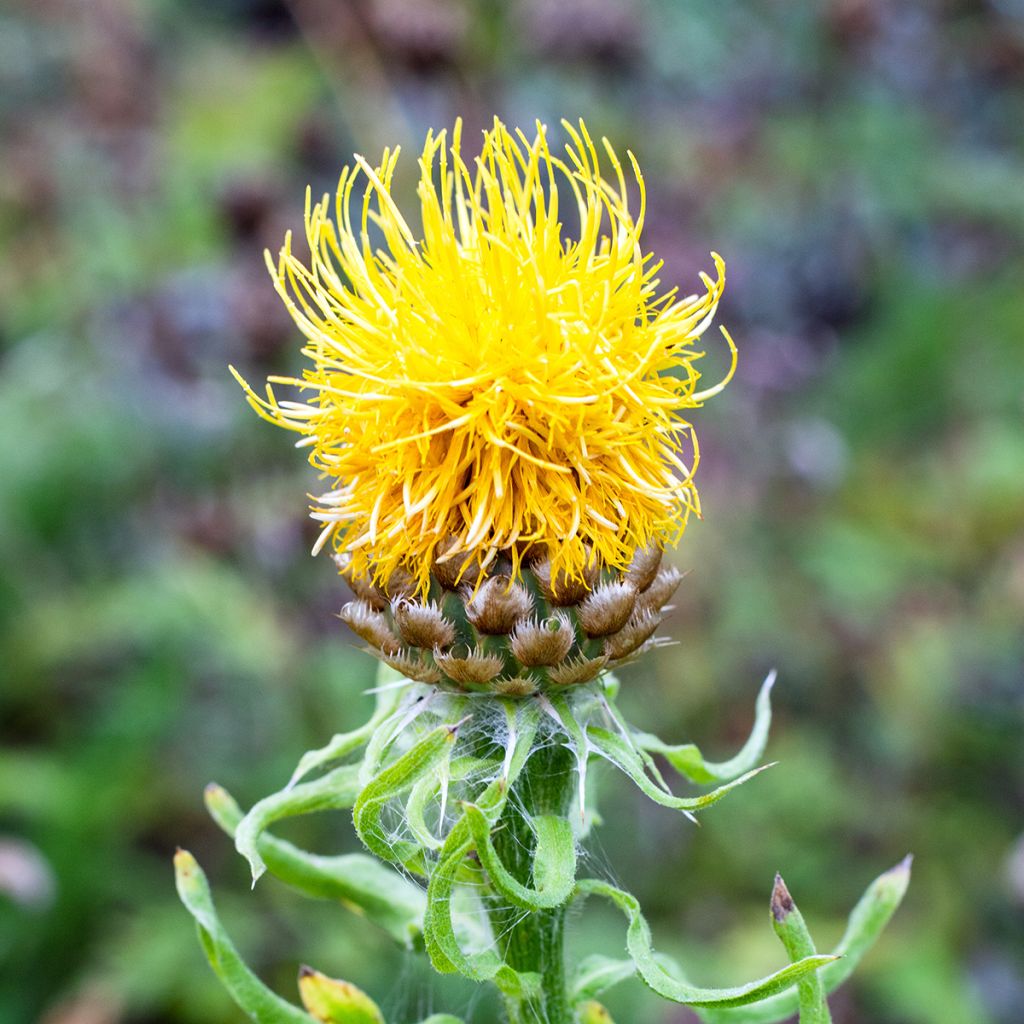

Centaurea macrocephala
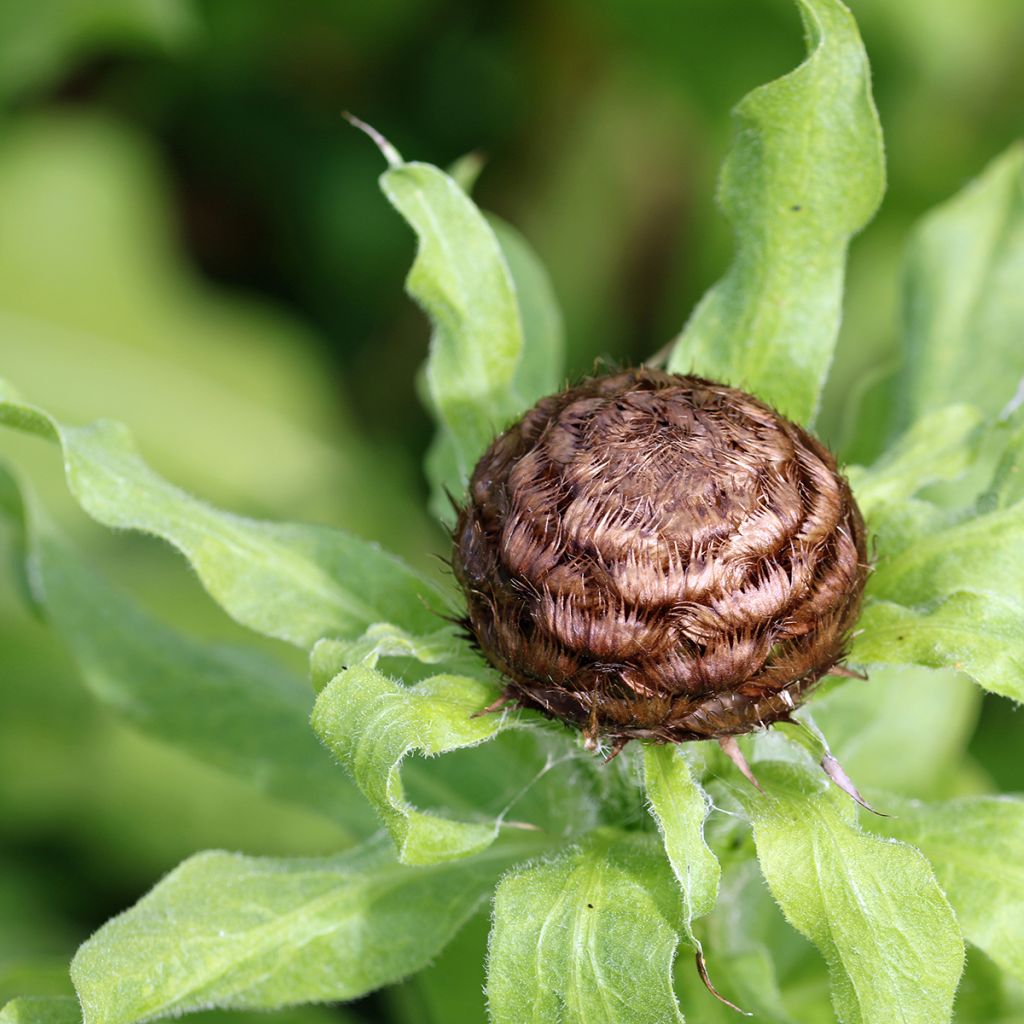

Centaurea macrocephala


Centaurea macrocephala


Centaurea macrocephala
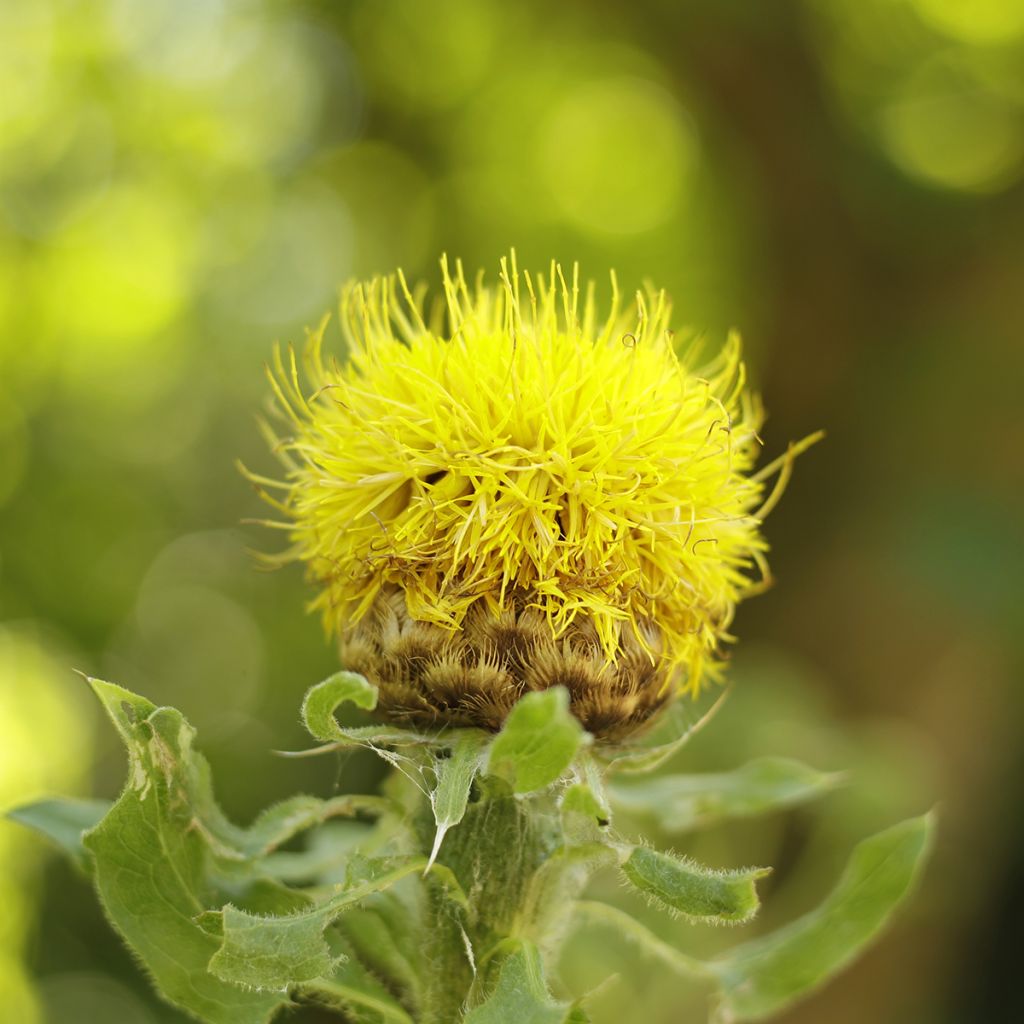

Centaurea macrocephala
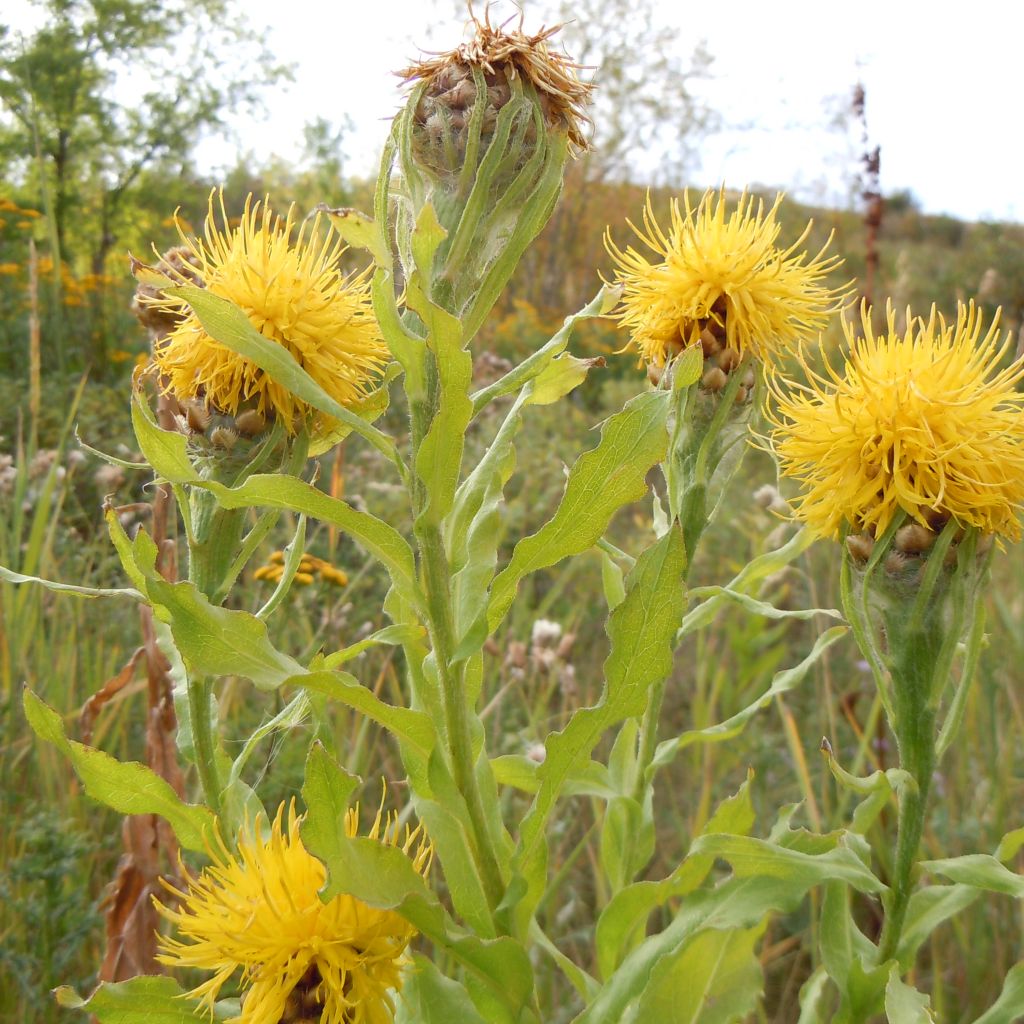

Centaurea macrocephala
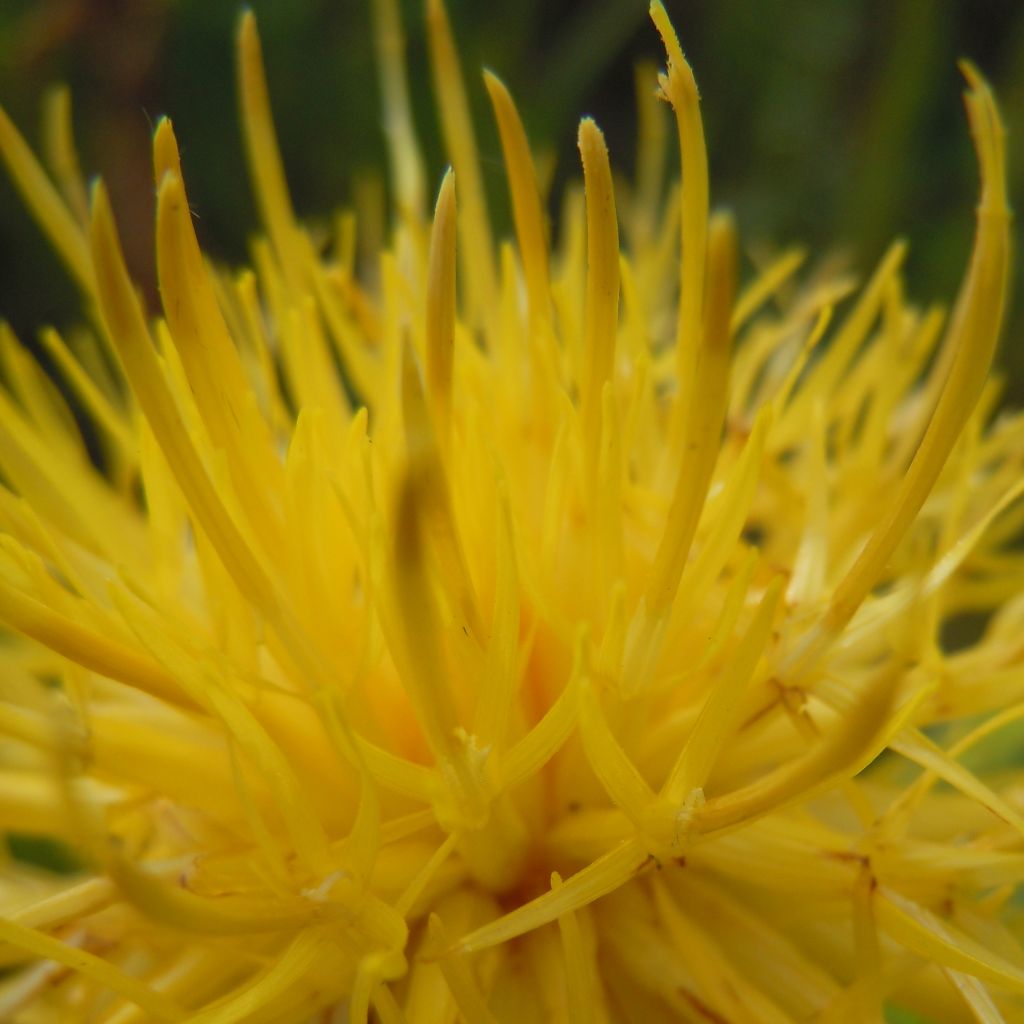

Centaurea macrocephala
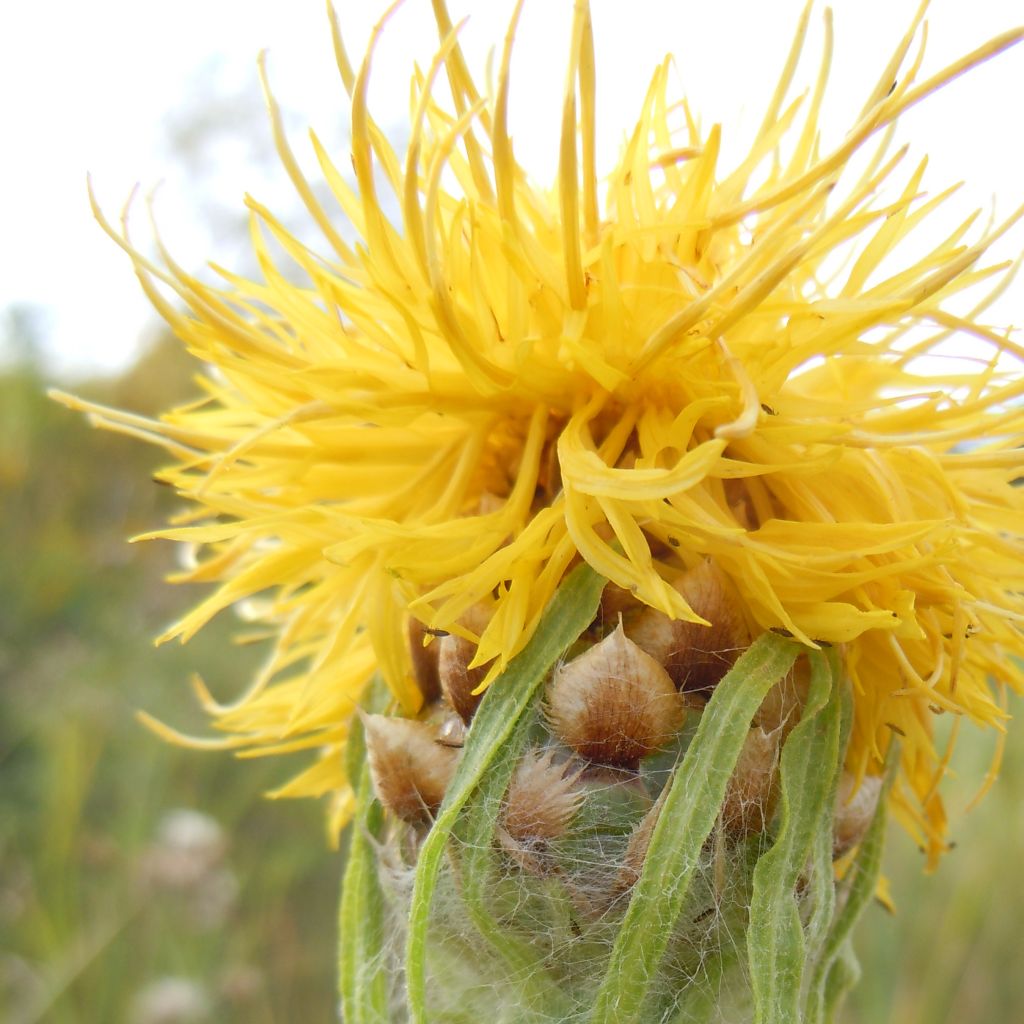

Centaurea macrocephala


Centaurea macrocephala
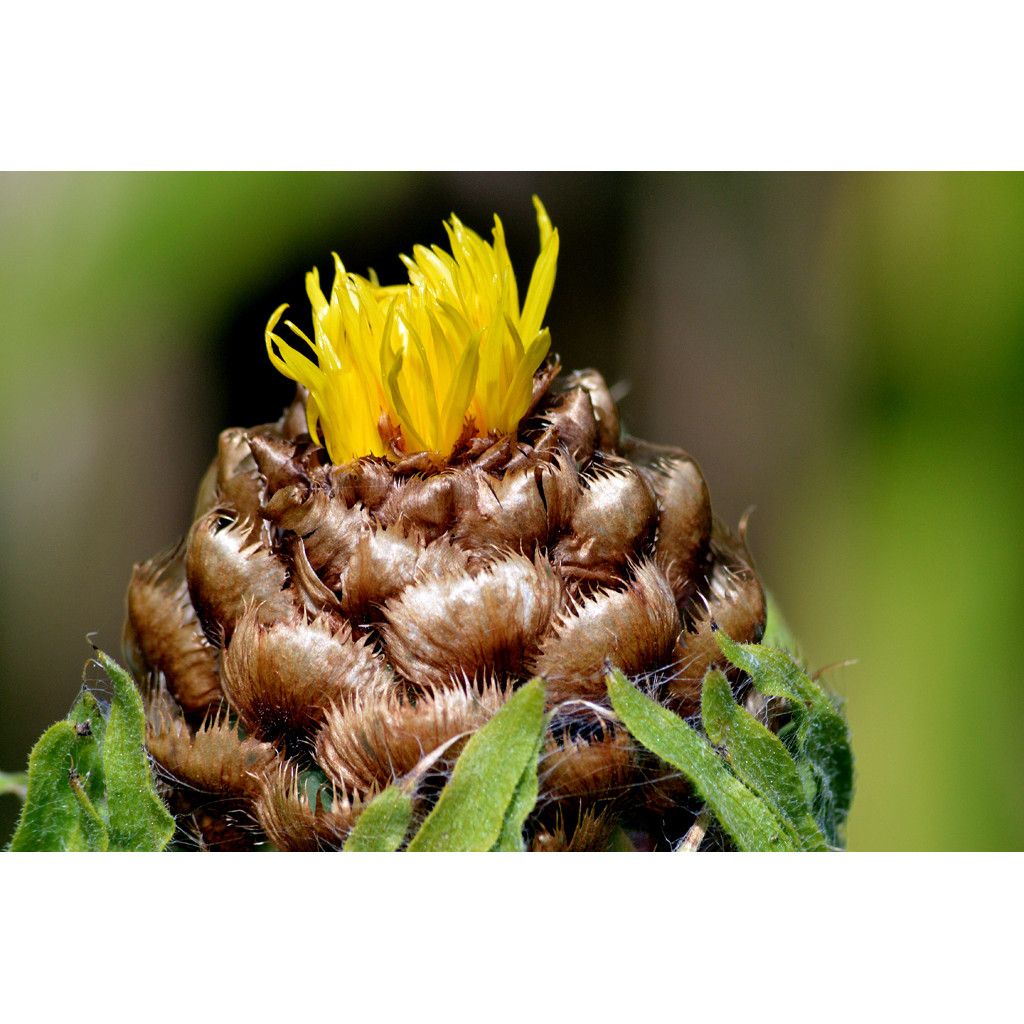

Centaurea macrocephala
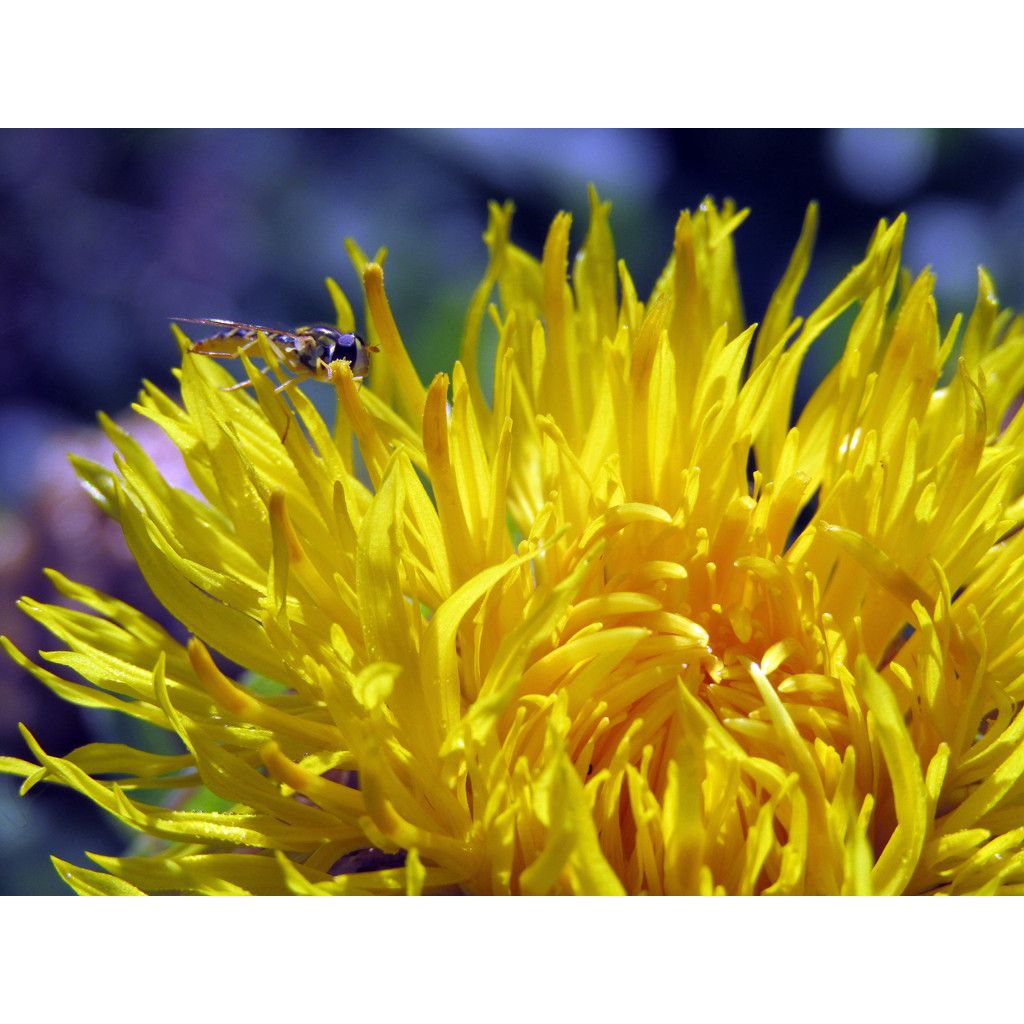

Centaurea macrocephala
Centaurea macrocephala
Centaurea macrocephala
Giant knapweed
Nothing has grown, well, rather a thistle instead of the knapweed. Despite the care given all summer, nothing has sprouted... very disappointed.
Brigitte, 29/08/2023
Special offer!
Receive a €20 voucher for any order over €90 (excluding delivery costs, credit notes, and plastic-free options)!
1- Add your favorite plants to your cart.
2- Once you have reached €90, confirm your order (you can even choose the delivery date!).
3- As soon as your order is shipped, you will receive an email containing your voucher code, valid for 3 months (90 days).
Your voucher is unique and can only be used once, for any order with a minimum value of €20, excluding delivery costs.
Can be combined with other current offers, non-divisible and non-refundable.
Home or relay delivery (depending on size and destination)
Schedule delivery date,
and select date in basket
This plant carries a 12 months recovery warranty
More information
We guarantee the quality of our plants for a full growing cycle, and will replace at our expense any plant that fails to recover under normal climatic and planting conditions.
Would this plant suit my garden?
Set up your Plantfit profile →
Description
Centaurea macrocephala, also known as giant knapweed, resembles a massive dandelion, with its huge, tousled, golden-yellow head emerging from a rosette of very large dark green leaves. This hardy perennial forms an imposing and decorative upright clump, ideal for adding verticality to sunny borders. Easy to grow in any light or gravelly soil, even poor and chalky.
Giant knapweed belongs to the Asteraceae family and originates from subalpine fields in Armenia and neighbouring regions of Turkey. It is an herbaceous, deciduous perennial with a taproot, forming a basal rosette that can reach up to 80cm (32in) wide, from which emerge flowering stems that reach a minimum of 1.2m (4ft). The plant then forms a lush, erect clump with numerous leafy stems that extend to their tips. The nectar-rich and honey-bearing flowering occurs from July to September, in the form of enormous golden-yellow heads that are 9cm (4in) wide, with a base composed of shiny brown bracts shaped like clubs. The stems are uniflorous. The rosette leaves are entire, medium green, narrow and ovate, measuring about 25cm (10in) in length. The cauline leaves are positioned all the way up the flowering stem. They are slightly smaller, lanceolate, and undulate, and bear the same green colour. Both leaves and stems are tomentose.
Centaurea macrocephala is a truly ornamental plant, perfect for the back of sunny borders. Its undemanding nature means it can be planted with tall blue thistles like Onopordum acanthium, Cynara cardunculus, and Eryngium giganteum in average and dry soils. It can also be paired with other tall and slightly wild plants such as Verbascum olympicum, Ligularia stenocephala, Cynara cardunculus, Verbena bonariensis, Campanula lactiflora, and Ferula communis for a picturesque effect. It can also be planted in a large rockery. It's worth noting that its flowers hold up well in bouquets and can be used in dried arrangements.
Report an error about the product description
Centaurea macrocephala in pictures


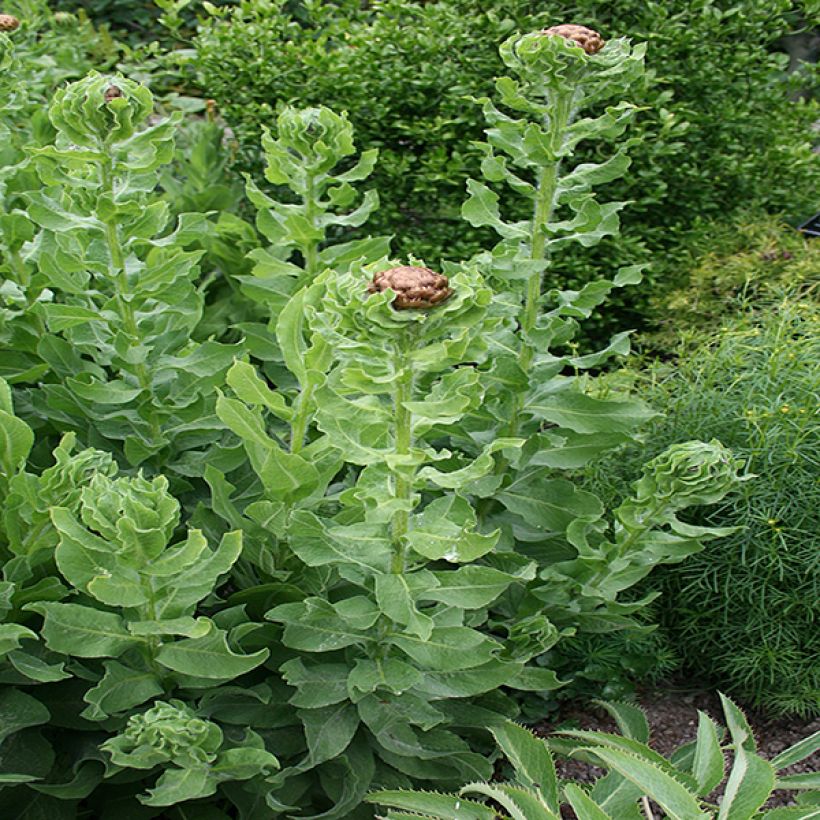

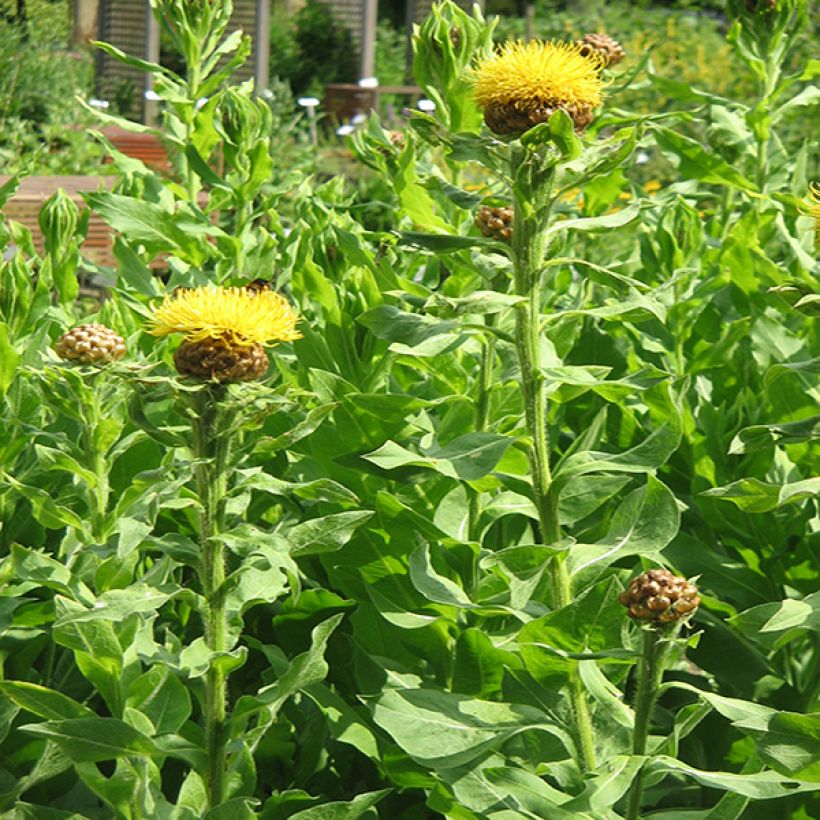

Flowering
Foliage
Plant habit
Botanical data
Centaurea
macrocephala
Asteraceae
Giant knapweed
Central Europe
Other Centaurea
View all →Planting and care
Plant in full sun, or, at a pinch, in partial shade. This plant grows in regular soil, even stony, poor and chalky, and tolerates drought very well. The soil must be well-drained. Plant in spring or autumn. Staking is unnecessary. Cut back the flower stems in early or late winter. This plant self-seeds in light soil.
Planting period
Intended location
Care
-
, onOrder confirmed
Reply from on Promesse de fleurs
Similar products
Haven't found what you were looking for?
Hardiness is the lowest winter temperature a plant can endure without suffering serious damage or even dying. However, hardiness is affected by location (a sheltered area, such as a patio), protection (winter cover) and soil type (hardiness is improved by well-drained soil).

Photo Sharing Terms & Conditions
In order to encourage gardeners to interact and share their experiences, Promesse de fleurs offers various media enabling content to be uploaded onto its Site - in particular via the ‘Photo sharing’ module.
The User agrees to refrain from:
- Posting any content that is illegal, prejudicial, insulting, racist, inciteful to hatred, revisionist, contrary to public decency, that infringes on privacy or on the privacy rights of third parties, in particular the publicity rights of persons and goods, intellectual property rights, or the right to privacy.
- Submitting content on behalf of a third party;
- Impersonate the identity of a third party and/or publish any personal information about a third party;
In general, the User undertakes to refrain from any unethical behaviour.
All Content (in particular text, comments, files, images, photos, videos, creative works, etc.), which may be subject to property or intellectual property rights, image or other private rights, shall remain the property of the User, subject to the limited rights granted by the terms of the licence granted by Promesse de fleurs as stated below. Users are at liberty to publish or not to publish such Content on the Site, notably via the ‘Photo Sharing’ facility, and accept that this Content shall be made public and freely accessible, notably on the Internet.
Users further acknowledge, undertake to have ,and guarantee that they hold all necessary rights and permissions to publish such material on the Site, in particular with regard to the legislation in force pertaining to any privacy, property, intellectual property, image, or contractual rights, or rights of any other nature. By publishing such Content on the Site, Users acknowledge accepting full liability as publishers of the Content within the meaning of the law, and grant Promesse de fleurs, free of charge, an inclusive, worldwide licence for the said Content for the entire duration of its publication, including all reproduction, representation, up/downloading, displaying, performing, transmission, and storage rights.
Users also grant permission for their name to be linked to the Content and accept that this link may not always be made available.
By engaging in posting material, Users consent to their Content becoming automatically accessible on the Internet, in particular on other sites and/or blogs and/or web pages of the Promesse de fleurs site, including in particular social pages and the Promesse de fleurs catalogue.
Users may secure the removal of entrusted content free of charge by issuing a simple request via our contact form.
The flowering period indicated on our website applies to countries and regions located in USDA zone 8 (France, the United Kingdom, Ireland, the Netherlands, etc.)
It will vary according to where you live:
- In zones 9 to 10 (Italy, Spain, Greece, etc.), flowering will occur about 2 to 4 weeks earlier.
- In zones 6 to 7 (Germany, Poland, Slovenia, and lower mountainous regions), flowering will be delayed by 2 to 3 weeks.
- In zone 5 (Central Europe, Scandinavia), blooming will be delayed by 3 to 5 weeks.
In temperate climates, pruning of spring-flowering shrubs (forsythia, spireas, etc.) should be done just after flowering.
Pruning of summer-flowering shrubs (Indian Lilac, Perovskia, etc.) can be done in winter or spring.
In cold regions as well as with frost-sensitive plants, avoid pruning too early when severe frosts may still occur.
The planting period indicated on our website applies to countries and regions located in USDA zone 8 (France, United Kingdom, Ireland, Netherlands).
It will vary according to where you live:
- In Mediterranean zones (Marseille, Madrid, Milan, etc.), autumn and winter are the best planting periods.
- In continental zones (Strasbourg, Munich, Vienna, etc.), delay planting by 2 to 3 weeks in spring and bring it forward by 2 to 4 weeks in autumn.
- In mountainous regions (the Alps, Pyrenees, Carpathians, etc.), it is best to plant in late spring (May-June) or late summer (August-September).
The harvesting period indicated on our website applies to countries and regions in USDA zone 8 (France, England, Ireland, the Netherlands).
In colder areas (Scandinavia, Poland, Austria...) fruit and vegetable harvests are likely to be delayed by 3-4 weeks.
In warmer areas (Italy, Spain, Greece, etc.), harvesting will probably take place earlier, depending on weather conditions.
The sowing periods indicated on our website apply to countries and regions within USDA Zone 8 (France, UK, Ireland, Netherlands).
In colder areas (Scandinavia, Poland, Austria...), delay any outdoor sowing by 3-4 weeks, or sow under glass.
In warmer climes (Italy, Spain, Greece, etc.), bring outdoor sowing forward by a few weeks.






























